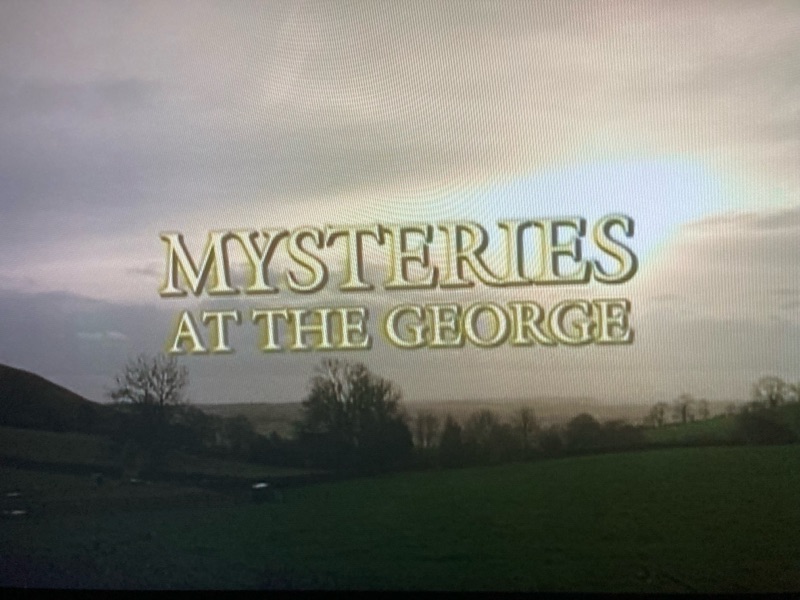DVD Synopsis:
“The George Inn is an 18th Century drinking house, in a small town in the North of England. It was the site of one of the most hair-raising tales of haunting and exorcism. And at the end of it all, buried in the cellar, we find the ring that bears the ghost’s identity.”
While more skeptical researchers attribute paranormal occurrences to natural causes like hallucinations caused by ultrasound or electromagnetic pollution, the more open-minded paranormal investigators generally subscribe to three main theories. Two of these possibilities – that ghosts are either 3D psychic recordings or manifestations of the human mind's telekinetic powers – have been explored previously in this series. However, the George Inn haunting might provide the strongest evidence in the Ghost Hunters series for the most straightforward theory: that ghosts are exactly what psychic mediums claim they are – the spirits of the deceased, or evidence of life after death.
The case takes an intriguing turn with the discovery of a bereavement ring in the cellar, engraved with the name "Robert Clay" and the date "1786". Later, during a séance, psychic mediums claimed to have communicated with a spirit who identified himself as Robert Clay, stating that he had killed two children and buried them in the pub's cellar, where two gravestones were reportedly found. Further research revealed that two children did indeed go missing around the time Robert Clay supposedly lived, although no record of the individual himself could be found.
This is a classic case of unfinished business. The alleged spirit still fearful of being found out continues to guard the pub's cellar even after his death, perhaps trapped by his own guilt for his terrible crimes. It was speculated that prominent families would write out family members who had brought disgrace to their name, which would explain why references to the Clay family were found but not a Robert Clay from circa 1786.
One last thought. While this haunting is location-based, rather than individual-based, the former owner Tom appears to be a lightning rod for phenomena. While most of the other witnesses only see things move on their own, or hear strange mumbling that sounded more like old machinery than the voice of a person, Tom actually sees and hears the ghost, just like you would see and hear a normal person.
Why would this be? Are some people more psychic than others? To use an analogy, are most people basically psychically colorblind or hearing impaired? An idea that was once suggested to me by another paranormal writer was that ghosts could be best understood as a form of psychic bacteria that can attach themselves to suitable hosts and use them to sustain themselves by draining people of their energy and using their imagination and memory to select a form to manifest into. Clearly, some kind of psychic link had been created between Tom and the ghostly stranger.
But here's an alternative explanation. Tom was the one who discovered the bereavement ring, and he also knew about the graves that had been found. Could this entity have downloaded this information from Tom's mind and used it to assume the persona of Robert Clay? Perhaps this spirit actually believes it's the ghost of this man who died in 1786, but the whole story of the murders and connection with Robert Clay was created by Tom's unconscious mind and then absorbed by this psychic bacteria to transform itself into this ghost. Like a method actor who becomes so convincing that they forget it's just a show and become the character they're portraying. This raises intriguing questions about whether many ghost sightings are actually just the psychic projections of the living. In light of this possibility, our initial premis that the George Inn haunting provides strong evidence for life after death may not be the only explanation. Instead, the truth may lie in a more complex interplay between the entity, Tom's subconscious, and the location itself.

No comments:
Post a Comment